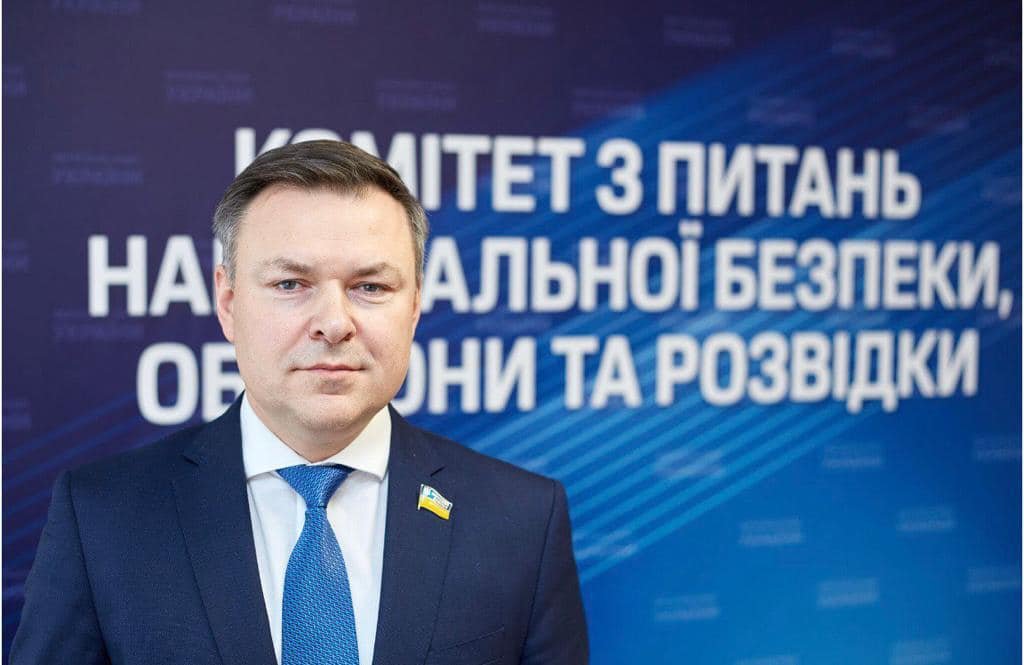Ukraine tripled its production of weapons, military equipment, and artillery shells last year compared to 2022, while mine output surged 42 times, according to lawmaker Oleksandr Zavitnevych. This year, the state aims to scale up and diversify its defense industry output.
“In 2023, we considered all types of armaments and military equipment that our Defense Forces need as promising without exception,” Zavitnevych, head of the Rada’s National Security Committee, told RBK-Ukraine when asked about areas where Ukraine’s arms manufacturing shows good results.
Per Zavitnevych, the Ukrainian defense sector’s goal now is to satisfy frontline needs with domestically or jointly produced armaments as quickly as possible.
“We are systematically pursuing two directions. The first is launching new defense industry product ranges, most notably drones and artillery shells. The second is reviving defense capabilities that Ukraine had in the past – tank, missile, aircraft and shipbuilding,” he outlined.
Zavitnevych also said over 50 drone munition manufacturers, both state-owned and private, capable of producing 300g to 10kg payloads have been set up.
He added that Ukraine successfully used its new long-range weapon last August to strike a Russian target at a 700km distance.
“We started developing 155mm NATO-caliber shells, with mass production planned in 2024, but conditional on steady supplies of explosive materials – gunpowder – from NATO nations. The private-to-state company ratio is 4 to 5, with private sector output approaching state levels,” the lawmaker commented.
Responding to reduced military aid for Ukraine, Zavitnevych noted this stems from depleted NATO stockpiles and slow ramp-up of production.
“Unfortunately, one reason is that NATO defense industries were unprepared for such a prolonged, intense conflict with high ammunition expenditure and military hardware needs to maintain parity with Russia’s decades-long war buildup,” he said.
Reserves at Western depots have largely been used up and require investment to replenish, Zavitnevych added. “Let’s not forget much of the weaponry supplied to Ukraine is hi-tech and takes months, not days, to manufacture.”
He explained the other factor relates to Western market economies. “Unlike authoritarian regimes that can manually change contracts and production, the West operates on free market principles like contracts, liability and penalties. To make one item, another’s output must stop, requiring compensation.”
Related:
- Slovakia and Hungary quietly bolster Ukraine’s defenses despite political rhetoric
- Meet Bohdana, Ukraine’s gritty goddess of war with NATO-caliber punch
- With billions invested, Ukraine-EU defense cooperation gains momentum






